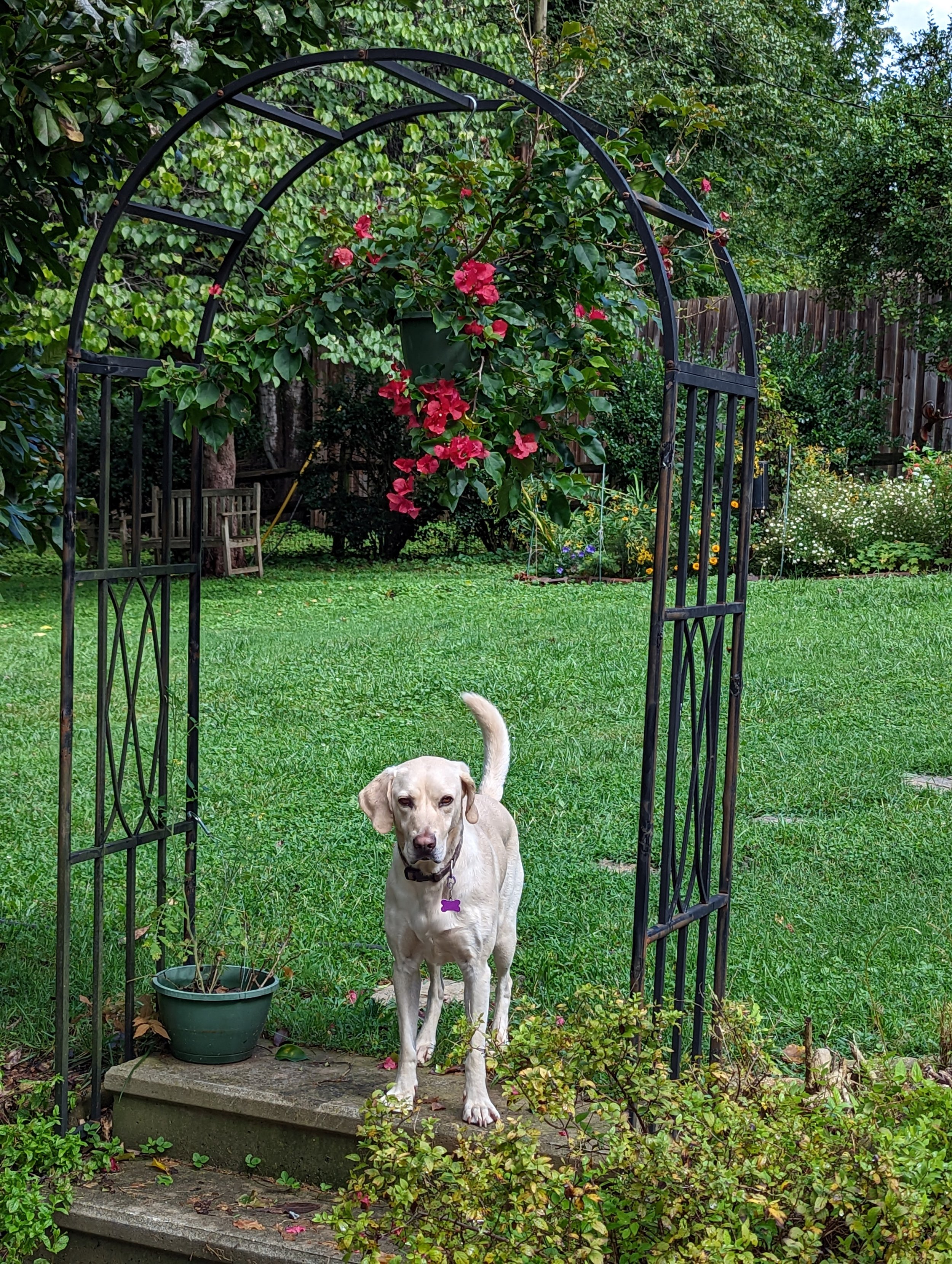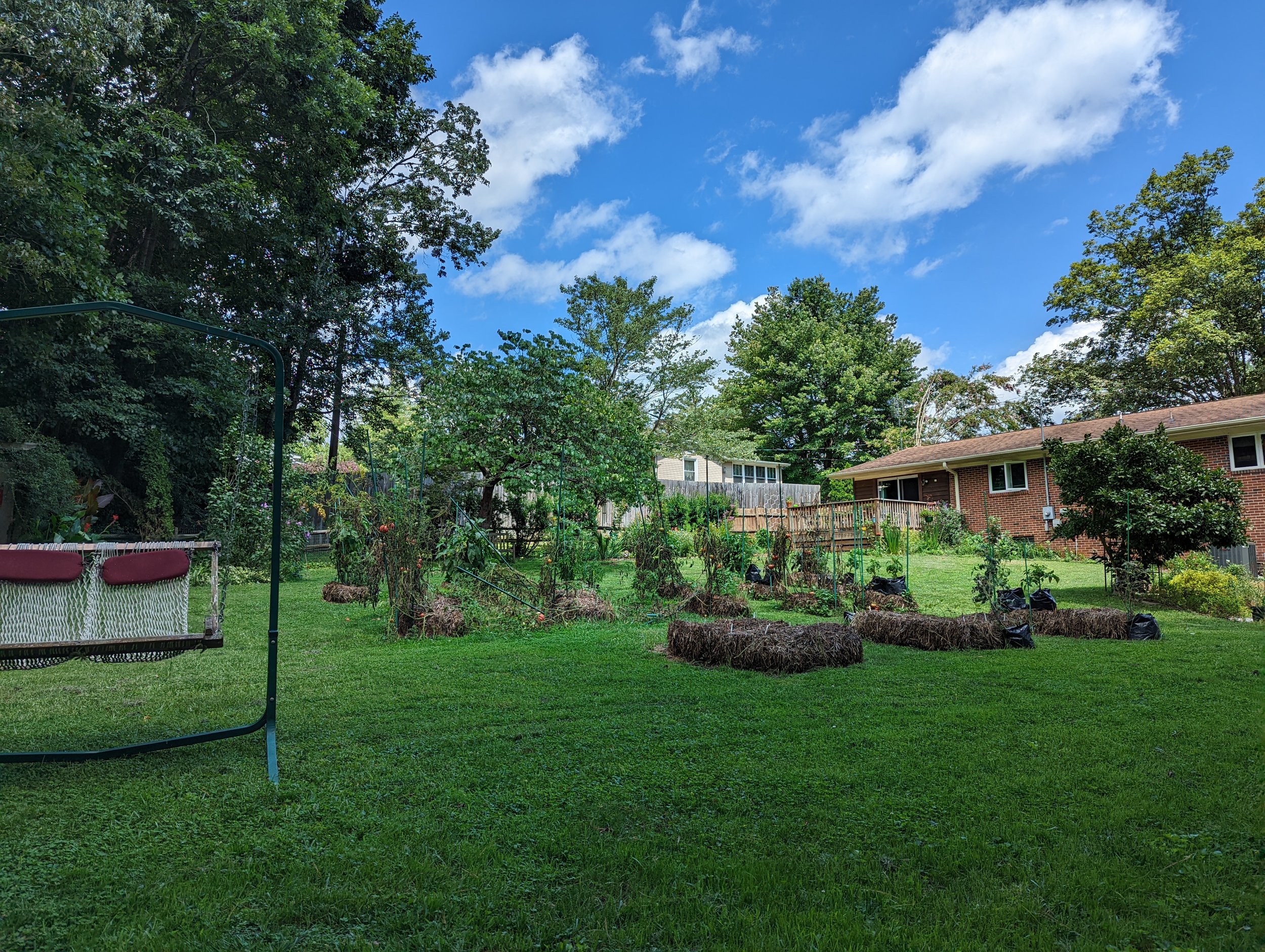Sunset 10 years ago on an Ocracoke trip
This is a wonderful, charming contribution to our newsletter. Dr. Ellis sent me a tomato that I still love today - Polish. He and I had a pleasant phone conversation some years ago - sadly, I believe he has passed on, but I’ve not been able to find out the details. To show his rather remarkable credentials and areas of focus, his Penn State CV is shown here.
____________________
How Are Tomatoes Folklore?
Bill Ellis, PhD
“I didn’t know that was folklore!” This is one of the most common remarks I get from students or community groups when I talk about my academic field. For most people, the term “folklore” means something romantic surviving from a simpler past age. It stirs up images of Paul Bunyan, barefoot mountaineers picking banjos, and outlandish rituals for ensuring luck and love. “We” don’t think of ourselves as possessing folklore.
But such images themselves represent the survival of older, simpler ideas about culture. When the academic study of folklore was created in the 19th century, it was a reaction to rapid changes occurring in American culture. The increasing visibility of non-Anglo cultures, the growth of mass media, and physical and economic mobility of Americans, all this led to social leaders to believe that “folklore” was dying out and with it our sense of national identity.
What really happened was that our identity changed, and continues to change. And so our folklore changes; now stories that would have been told over backyard fences are circulated over the Internet, and what might have been “charming” in a previous age reappears as “alternative medicine” in ours.
But whether in the present day or in the past, the nature of folklore remains the same; it is knowledge that the members of a small group choose to preserve for reasons of their own. And such it is the part of culture controlled by families, work circles, neighborhoods, and any other clusters of people who enjoy sharing information.
Anything can be the topics of activities or storytelling, so there can be many kinds of folklore about tomatoes. How we grow a tomato could be a favorite family or regional activity. What we say about them could embody some kind of local history. But how can tomatoes be folklore? Most intriguingly, the tomato varieties we pass on embody a kind of folk creation. Understanding the choices we make when we use and preserve tomatoes can help us appreciate their diversity – and our own.
How We Grow Tomatoes
“How to you plant tomatoes?” I once asked an old-timer in the Hazleton area. “In the ground” he blandly responded. Of course, he also had so many planting tips on how to get the best out of his home-started seeds that following them took much of his retirement leisure time – which is precisely why he enjoyed tomato growing. Anyone who has contacted a master gardener has appreciated the wealth of information they carry, ranging from exactly when to start seeds (Tax Day, or April 15 here) to when to put them out (not till Memorial Day!) to whether to stake or cage them (sharp disagreements block by block).
Or when to pick a tomato – this varies from variety to variety. Brandywines, for instance, need to be picked just as they blush, or they will get mealy and blank on the vine. But other varieties such as Dr. Neal need to be left untouched until they are good and ripe – provided the crows let you! (cover the big ones with panty hose, unwashed if available – and they won’t peck them).
On a larger level, the starting and nursing of one’s own patch of tomatoes can embody rituals of complex significance. When I sold some plants at a community flea market, one buyer quizzed me specifically about exactly when my Polish tomato would ripen its first fruit. As it turned out, he and his neighbor had a running contest on who could produce the first ripe fruit, and he was always looking for some variety that was a week earlier than last year’s (a dirty trick – spade around the roots of your most vigorous plant, cutting some of its feeders; the plant will react to this stress by rushing its fruit to ripeness).
Obviously, when the tomato comes ripe, different families will integrate it into their Foodways in diverse ways. One local family proudly claims that its tomato sauce is not like anyone else’s since it is made only from its family’s own breed of paste tomatoes. Probably the same could be said of my own sauce, which I make only once every three years when I grow out my White Potato Leaf variety, and make about four quarts of greenish-white, fruity sauce for special occasions only. Or then there’s a raw, “grew in the garden” style (with a little salt? Or sugar? Or nothing?) that my little girl became so addicted to one summer that she actually broke out in a rash from over-indulgence. The German (or big pink) varieties popular in this area, however, are sometimes a little bland, so my wife’s mother would jazz them up by cutting them up in chunks, then adding a little vinegar, an equal amount of sugar, and a generous amount of black pepper. “Sweet and sour tomatoes” now are a regular part of our summer Foodways.
Other areas show even more choices; sun-dried? Made into jam? Fried green? I wouldn’t be surprised to find the leaves used as a seasoning in some areas.
What we Say About Tomatoes
But when Foodways develop around certain varieties, then we naturally want to talk about what this tomato is and where it came from. Names become pegs on which to hang such information. A name, of course, could be misleading; if you assumed that every “German” tomato in the Hazleton area was the same, you’d be surprised when you grow them out together. The term “German” simply means “non-commercial” or “home-started” as the Pennsylvania Dutch descendents held onto this skill the longest.
Some more specific names tell you what to expect: Tompepper looks like a bell pepper and is hollow inside for stuffing. Riesentraube sets fruit just like the German says, in “a big bunch of grapes”. Lutescent does turn “brownish” at one stage of ripening. Others give a hint of history or geography: McKinley, Madagascar, Big Sandy. I named my best paste tomato variety “The Conyngham Sewer Tomato” to honor the tough survivor I found growing in gravel just downstream from our antiquated system’s relief vent.
But with names also come Stories about Tomatoes. When we grow a tomato with a name like Mortgage Lifter, it’s impossible not to remember the heroic “Radiator Charlie” who paid off his house by breeding and selling this strain. And tomatoes themselves become the subjects of stories. Long-time members of the Seed Savers Exchange recall the intensity with which people sought the legendary “Pruden’s Purple”, a potato leaf tomato with a black fruit, allegedly still grown in the Kentucky mountains. (A variety with this name emerged, but alas it was pink not black – yet the crusade continues with many “black” tomatoes being imported from Russia and grown with bated breath.)
And who hasn’t heard the story about so-and-so who proved that the Lycopersicon or “wolf peach” was not poisonous by eating a bushel of them on the steps of the such-and-such courthouse? Alas for the story, a time can’t be traced when tomatoes weren’t grown and bred eagerly for taste, so the well-traveled legend is just that. But it seems to have touched an agricultural nerve, as many of the tomato’s nightshade cousins are in fact poisonous (although Aunt Minnie once made a pie of them and said they were good…)
Witness the fuss when a NASA source warned that the fruit grown from seeds exposed to cosmic rays aboard a satellite might revert to “wild” state and produce poisonous fruit. If anything, the “NASA” tomato seeds were the more widely circulated, grown, watched, and eagerly eaten to see if a “killer tomato” had been produced. These gardeners were, in their way, continuing the legend by risking their lives to prove the “wolf peach” is still really a “love apple”.
What Tomatoes Are.
Finally, the thing itself constitutes a kind of folklore. Anyone who has gardened recognizes that seed swapping is a complex ritual in which more than seeds are exchanged. People who are interested in growing a variety I have probably share my fascination with diversity and with history, and probably also are like me suspicious of “superior” commercial varieties that require you to buy fresh seed from the same company year after year. And those people’s seeds probably express their own unique preferences in tomato taste, habit, adaptability. When we grow each others’ tomatoes, we grow a bit of each others’ personalities.
Hence it’s at first a little flattering to have local farmers pass on a bit of their prized varieties. I feel included and trusted. Then I get phone calls about Tax Day: “You’re starting some of those German tomatoes, aren’t you? Well, could you start about 18 plants for me, too, while you’re at it?” Eventually I recognize I’ve not only been included, I’ve been indoctrinated, and fitted into an ongoing community role. On some level, I’ve been transplanted and cultivated too, thorough the agency of the seeds I’ve shared.
Another widely traveled legend concerns a variety said to have been found inside an ancient tomb. In the nineteenth century, for instance, there was a fad of growing “mummy wheat”, allegedly an ancient variety grown from a seed found inside an Egyptian mummy several thousand years old. In our time, the story is apt to refer to a tomato or bean variety allegedly found sealed inside a pot by prehistoric Indians. Horticulturalists assure us that such stories have to be apocryphal, as seeds remain viable for only a limited time regardless of how they are sealed up.
Yet that in itself may be part of the fascination of seed saving. Germplasm, as a kind of genetic information, is something that has been handed down from prehistoric times. Any tomato variety, by necessity, has to trace back to pre-Columbian times, however many gardeners have touched it in the meantime. And having a rare or unique variety pass through our hands is, on some level, a responsibility: its survival depends on our willingness to select, grow, and pass it on to others.
On some level, this action is just like that of hearing a new story, committing it to memory, and retelling it for a new audience. Only “performing” a tomato requires a season’s commitment, from putting the seed carefully in the dirt on Tax Day to drying the new season’s seeds and putting them in envelopes for the next round. If we lose our commitment, the old seeds die and with it some bit of genetic information dating to mummy times. If we renew it, then we are the vessels who make sure that one generation’s tomatoes survive to another generation.
And that is what folklore is all about.
___________________
Wasn’t that a great read?! I am so pleased to be able to share it with you all.
Buddy and Mocha playing fetch in the water at Springer Point, Ocracoke, an October 10 years ago








































